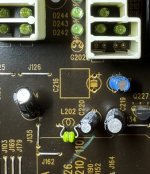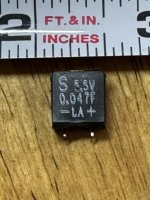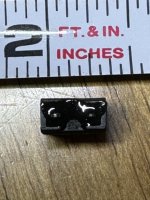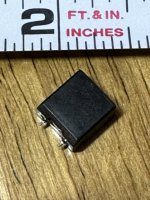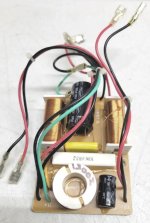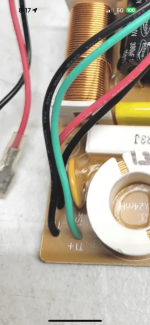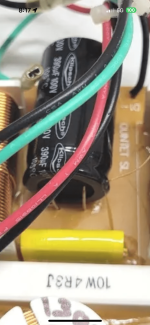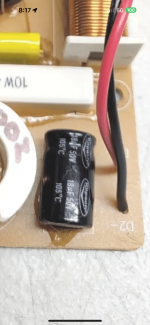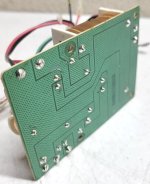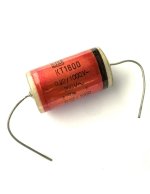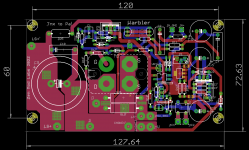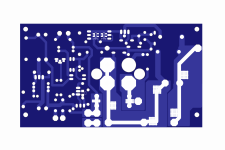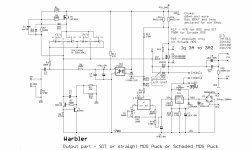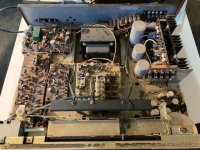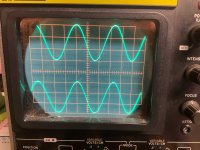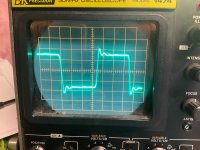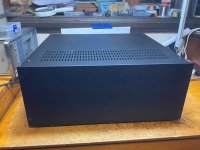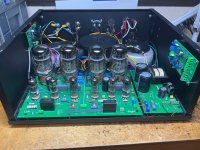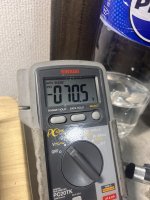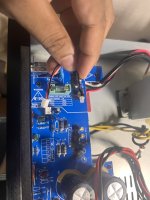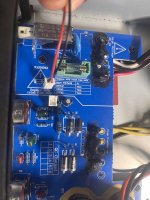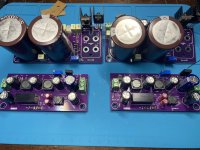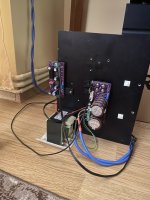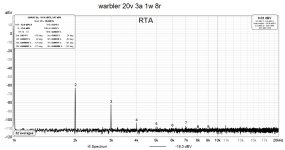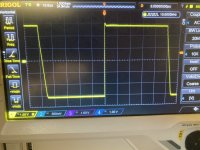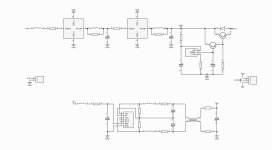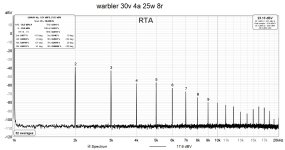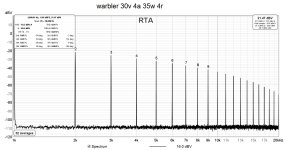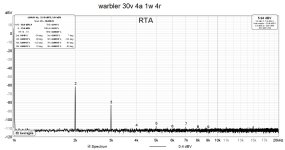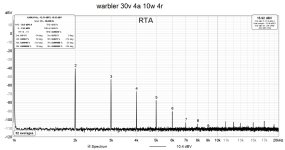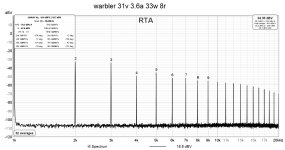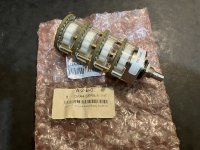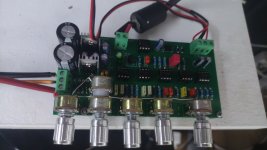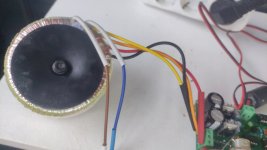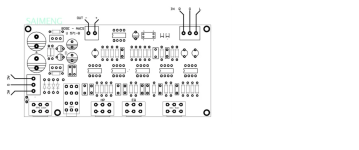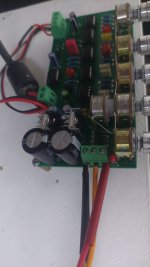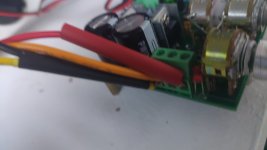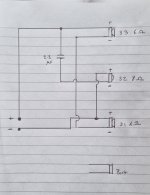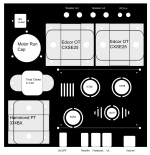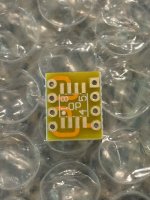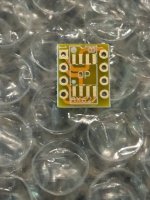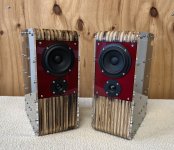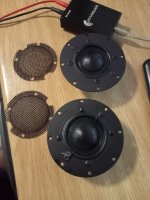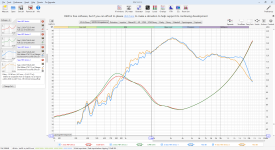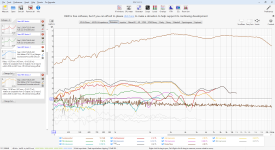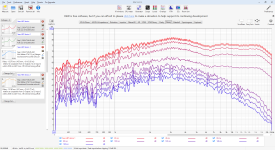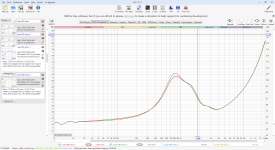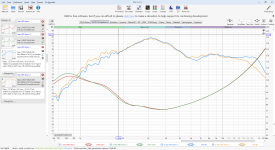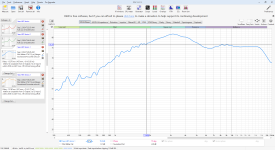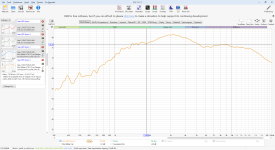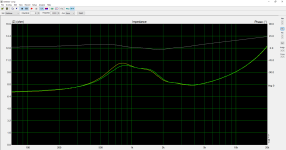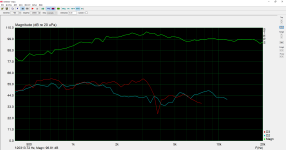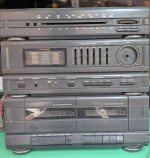I have a fix for this, but I'm trying to understand exactly what is causing it.
The amp is a Headphone amp (though it would certainly drive speakers), Hybrid, a Triode strapped C3M Tube stage feeding into a Mosfet source follower, the tubes are mounted to the top of the case, with shielded cable running to the Anode Grid and Cathode.
I'm posting here since the noise is something todo with the tube stage
Basically when I power the amp on sometimes I get a 100+mV 60Hz hum out of one or both channels, If I lift the top of the amp (where the tubes are attached), it modulates the hum, completely eliminating it in some positions, and I can always bring it back by picking particular angles for the top of the case. If I take a lead connected to my ground point and ground the shield of the cable running to the tube at the end nearest the tube, the noise instantly vanishes.
I don't believe it's a bad connection, or anything to do with moving the connections. The tube Heater is DC with < 1mV of ripple, There is no AC anywhere near the right hand side of the case where the right channel is.
I haven't had a chance to run a permanent wire to ground from the shield to verify that fixes it.
My best guess at this point is, that the aluminum case top is not grounded because of it's coating, and acting as as antenna, but the size of the noise has me skeptical of that explanation, so I'm just wondering if anyone else has experienced something similar, and has a better explanation.
B+ is 150V, the Anode current is ~10mA, there is a 2K2 grid stopper not depicted in the diagram because it's mounted on the incorrectly labelled tube socket.
On the C3M connection 1 is Anode, 2 is Grid, 3 is Cathode
And the Case for illustration purposes
And the internal layout, Pre boards are at the top on the outsides, Disconnected orange wires are for the tube heaters.
